Visit The Buddhist Stupas At The Deur Kothar In Madhya Pradesh In 2026
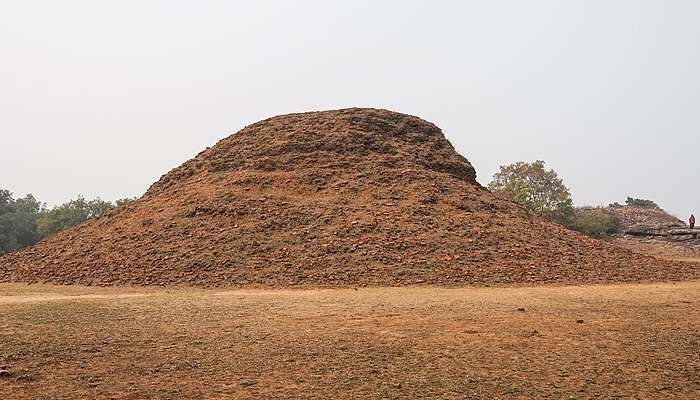
Nestled in the heart of Madhya Pradesh lies Deur Kothar, a hidden gem steeped in history and natural beauty. This ancient site, dating back to the 3rd century BCE, offers a fascinating glimpse into India’s rich Buddhist heritage. Dotted with stupas, monolithic pillars, and intricately carved relics, Deur Kothar transports visitors to a bygone era. The tranquil surroundings, lush greenery, and serene atmosphere make it a perfect retreat for history enthusiasts and spiritual seekers alike. As you explore the archaeological wonders and soak in the peaceful ambience, you’ll discover why Deur Kothar is a must-visit destination for those seeking to uncover the lesser-known treasures of Madhya Pradesh.
About Deur Kothar
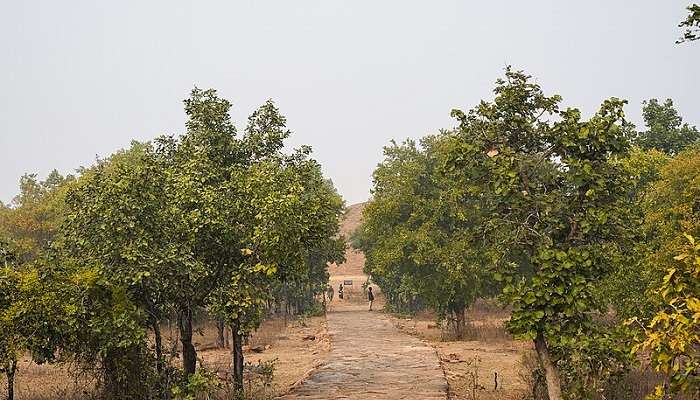
Deorkothar, also known as Deur Kothar, is an archaeological site in Madhya Pradesh in Central India. Discovered in 1982, it boasts Buddhist stupas credited to the Mauryan emperor Ashoka. The site features four stupa mounds, with Stupa No. 1 standing about 9 meters high. Additionally, there are remnants of 30 stupas made of stones or bricks and 63 rock shelters adorned with ancient rock paintings. Notably, the six-line Brahmi inscription on the Deorkothar pillar is the earliest evidence of the historic Buddha.
Must Read: Places To Visit In Orchha
History Of Deur Kothar
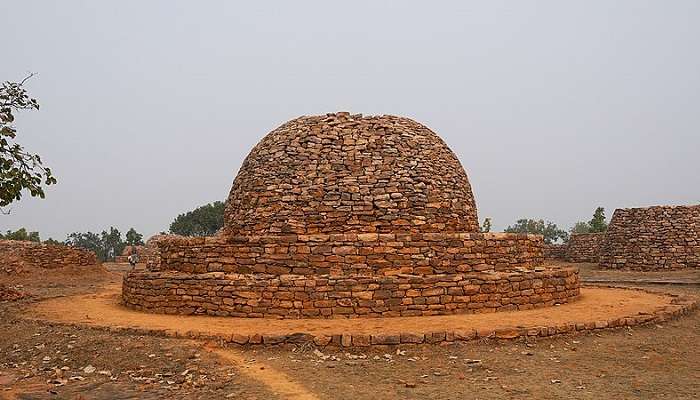
Discovered in 1982, Deur Kothar became famous for its collection of Buddhist stupas. These dome-shaped structures, typically holding Buddha’s relics, are believed to date back to Emperor Ashoka’s rule around the 3rd century BCE. This was during the time of the Maurya Empire when Buddhism was spreading widely in India. Between 1999 and 2000, archaeologists found three giant stupas made of fired bricks and around 46 smaller ones made of various stones at Deur Kothar. These discoveries suggest that Deur Kothar was possibly a significant Buddhist place during Emperor Ashoka’s rule. Some ideas propose that these stupas might be older than those at Bharhut, another well-known Buddhist site.
Another layer to Deur Kothar’s history is the rock-cut caves, about 5,000 years old. These caves indicate that people lived in this area long before the Buddhist stupas were built. The exact purpose of these caves is still uncertain, but their existence alongside the stupas suggests that Deur Kothar has been an important place for a very long time.
Deur Kothar Timings And Entrance Fees
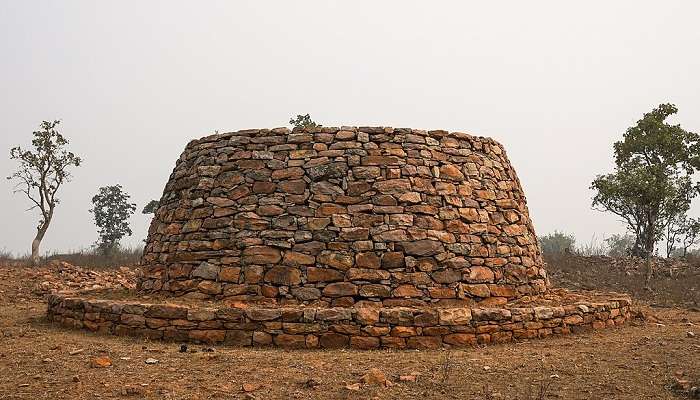
Deur Kothar in Gwalior is open 24 hours daily, allowing people to visit anytime. Unlike most historical sites with set hours, Deur Kothar is always accessible.
Moreover, there’s no fee to enter Deur Kothar, making it easy for tourists and locals to visit. This lets visitors plan their trip without worrying about time or money, so they can enjoy exploring this historical place at their own pace.
Suggested Read: Picnic Spots Near Bhopal
Top Places To Visit Nearby Deur Kothar
Deur Kothar is a significant historical and archaeological site, but if you want to extend it, you can find some compelling options below. They are as follows:
1. Keoti Falls
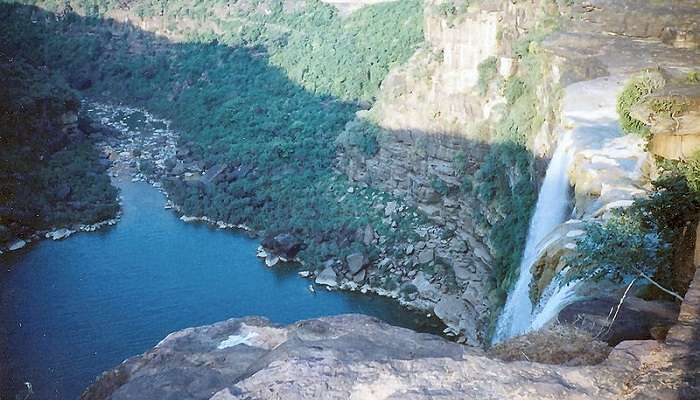
Keoti Falls, also spelt Kevti Falls, is a majestic waterfall in the Rewa district of Madhya Pradesh. Cascading down from the Rewa Plateau at a height of 98 meters (322ft, it is the 24th-highest waterfall in India. Keoti Falls is a segmented waterfall with a single dramatic drop. It is a classic example of a Nick Point waterfall, created when a river experiences a change in its course, causing a vertical drop in elevation.
The scenic beauty surrounding Keoti Falls is breathtaking. Lush greenery surrounds the falls, and the mist rising from the cascading water creates a rainbow effect on sunny days. The view from the falls, especially during sunrise and sunset, is a sight to behold, making it a popular spot for photography enthusiasts. If you’re looking for a more relaxing way to experience Keoti Falls, you can take a boat ride on the Mahana River below the falls. This is a great way to get up close to the falls and cool off on a hot day.
2. Bandhavgarh National Park
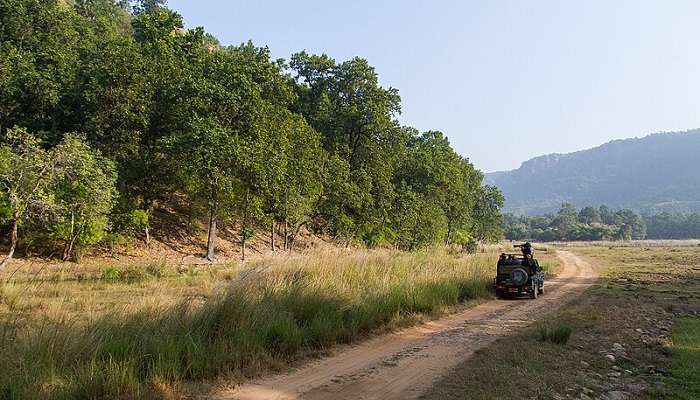
Bandhavgarh National Park is a haven for wildlife enthusiasts in the Umaria district of Madhya Pradesh, India. It’s known for its majestic Royal Bengal tiger. This park was once the hunting ground of Maharajas and is now a protected area with a thriving ecosystem. Besides tigers, the park boasts a variety of other animals, including leopards, deer, wild boar, and over 250 species of birds.
Tourists can explore the park on jeep safaris, which are offered in different zones. The park also offers a unique hot air balloon safari, which provides a bird’ s-eye view of the sanctuary. Visitors can also explore the remnants of the historic Bandhavgarh Fort, which dates back to the 1st century BC.
Suggested Read: Sanhok Lake View
3. Sanchi Stupa
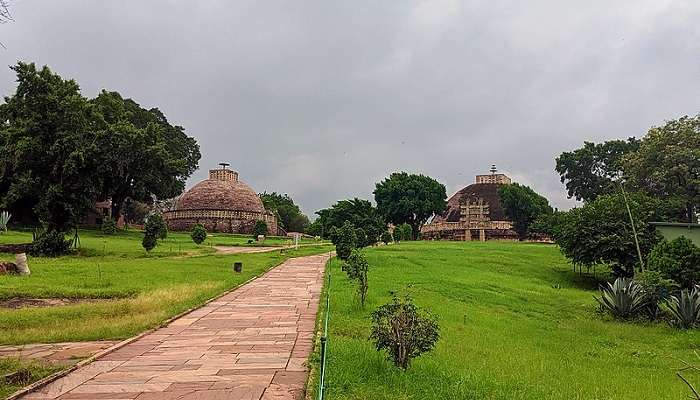
Sanchi is a small town in Madhya Pradesh known for its Buddhist monuments, particularly the Sanchi Stupa, a UNESCO World Heritage Site. The stupa is one of the oldest stone structures in India and was originally built by Emperor Ashoka the Great in the 3rd century BCE. It is a hemispherical structure that enshrines relics of the Buddha. The stupa is decorated with intricate carvings depicting scenes from the Buddha’s life and stories from Buddhist mythology.
Tourists can also visit the nearby Udayagiri Caves, a group of 20 rock-cut caves with Hindu and Jain sculptures. The Sanchi Museum houses a collection of artefacts from the Sanchi stupa complex, including sculptures, coins, and inscriptions. Tourists can also visit nearby Bhopal, the capital of Madhya Pradesh, which has several lakes, museums, and palaces.
What Is The Best Time To Visit The Deur Kothar?
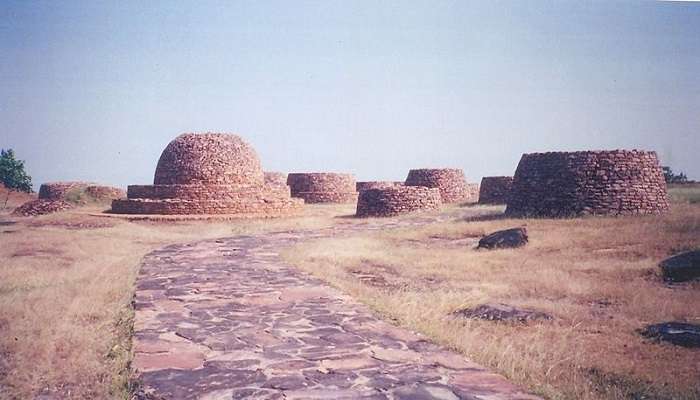
The best time to visit Deur Kothar is from March to October, which is the dry season. The weather is mild during this time, and there is less rain, making it ideal for exploring outdoor historical sites like Deur Kothar. The temperatures during these months are usually comfortable, not too hot or cold, allowing visitors to appreciate the site’s architecture and history fully.
Moreover, the dry season tends to have clearer skies, which makes it easier to see and take good photos of Deur Kothar and its surroundings.
Suggested Read: Tourist Places In Madhya Pradesh
How To Reach The Deur Kothar?
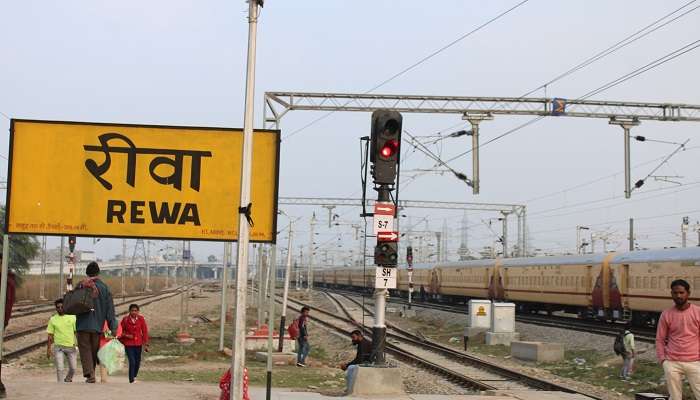
To reach Deur Kothar, a small village nestled in the hills:
By Road: Deur Kothar is approximately 64 kilometres from the Rewa Bus Stand. You can take a taxi or drive your vehicle via the Rewa-Allahabad Road, ensuring a direct and comfortable journey.
By Air: The nearest airport to Deur Kothar is Khajuraho Airport, around 200 kilometres away. From Khajuraho, you can hire a taxi or take a bus to Deur Kothar, which makes it accessible to those travelling by air.
By Rail: Rewa Railway Station is the biggest train station closest to Deur Kothar. Train passengers can easily get to the site by hiring a taxi or taking a local bus from Rewa.
Further Read: Picnic Spots Near Ujjain
Deur Kothar’s ancient rock shelters are fascinating caves adorned with vibrant paintings and petroglyphs. These remarkable sites are a testament to human creativity and resilience throughout history. When you explore this UNESCO World Heritage site, you’ll connect with our ancestors and develop a deeper appreciation for Madhya Pradesh’s cultural heritage. Don’t miss the opportunity to go on this extraordinary journey through time. Book your trip to Madhya Pradesh today and Discover the secret tales etched in stone, admire old artwork, and create memories that will always be with you.
For our editorial codes of conduct and copyright disclaimer, please click here.
Cover Image Credit: Timothy A. Gonsalves for Wikimedia Common
Frequently Asked Questions About Deur Kothar
What is the history of Deur Kothar?
Deur Kothar is renowned for its ancient Buddhist stupas, which date back to the 3rd century BCE. These stupas are believed to have been established by the Mauryan emperor Ashoka, who spread Buddhism across his empire. The site was discovered in 1982 by renowned archaeologist Dr. V. S. Wakankar.
What is the inscription of Deorkothar?
The Deorkothar inscription, unearthed in Madhya Pradesh, India, stands as one of the earliest documented commemorations of the historic Buddha. It was commissioned in memory of the Buddha by an unnamed Upasaka and his disciples.
When was Deur Kothar discovered?
Deur Kothar was discovered in 1982 by P.K. Mishra of the Archaeological Survey of India (ASI) along with Ajit Singh, the village leader of Barhat.
Is Deur Kothar open to the public?
Yes, Deur Kothar is a monument of national importance declared by the Indian Government in 1988. It's preserved and maintained by the ASI, Bhopal Circle, and likely open to visitors during regular hours.
Are there any facilities available at Deur Kothar?
No, Deur Kothar is primarily an archaeological site with limited facilities. Packing essentials like water and snacks is best, as there might not be readily available vendors. Public restrooms might also be limited, so plan accordingly.
People Also Read:
Chaukhandi Stupa Sanchi Stupa Dhauli Shanti Stupa

With a passion for exploring and travelling to the roads long forgotten, experience the world through enthralling stories and adventures. Join me as I share my experiences at some of the world’s most popular tourist destinations and quench that pestering curiosity with something exciting!











